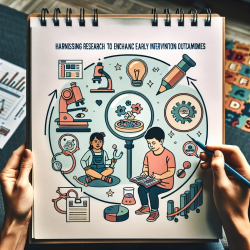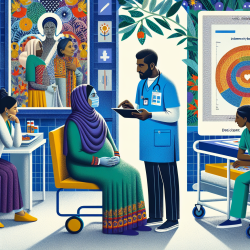Introduction
In an increasingly globalized world, the intersection of corporate operations and community welfare is a critical area of focus. The research article "Experience and lessons from health impact assessment for human rights impact assessment" provides valuable insights into how health impact assessments (HIA) can be leveraged to enhance human rights impact assessments (HRIA). This integration is crucial for companies, especially those involved in sectors like industrial agriculture, to ensure they are not only compliant with human rights standards but also actively contributing to the welfare of the communities they impact.
The Role of Health Impact Assessments
Health Impact Assessments (HIA) are designed to evaluate the potential effects of a policy, program, or project on the health of a population. According to the World Health Organization, HIA systematically judges the potential and sometimes unintended effects on health and the distribution of those effects within a population. This process is not only about identifying health risks but also about promoting equity and reducing health disparities.
Integrating HIA with HRIA
The integration of HIA into HRIA offers a comprehensive framework for assessing the impacts of corporate projects on human rights. While traditional HIA focuses on health outcomes, HRIA considers a broader spectrum of rights, including labor, environmental, and social rights. This holistic approach allows for a more nuanced understanding of how corporate activities affect communities, particularly in low-income settings.
Case Study: United Republic of Tanzania
The research highlights a case study from Tanzania, where a corporate operation in industrial agriculture was assessed through both HIA and HRIA lenses. This dual approach revealed both positive and negative impacts on health and human rights. For instance, while there were improvements in local infrastructure and employment, issues such as inadequate worker safety measures and discrimination persisted.
Practical Applications for Practitioners
Practitioners can enhance their skills by implementing the research outcomes in several ways:
- Comprehensive Assessments: Adopt a holistic approach by integrating HIA and HRIA in project evaluations to capture a wide range of impacts.
- Stakeholder Engagement: Involve local communities and stakeholders in the assessment process to ensure their voices are heard and their rights are respected.
- Data-Driven Decisions: Use quantitative and qualitative data to inform decision-making and tailor interventions to specific community needs.
- Continuous Monitoring: Implement ongoing monitoring and evaluation to track changes and adapt strategies as needed.
Conclusion
The integration of health and human rights impact assessments offers a powerful tool for enhancing corporate responsibility and improving community outcomes. By adopting this approach, practitioners can ensure that corporate projects not only comply with human rights standards but also contribute positively to the health and welfare of affected populations.
To read the original research paper, please follow this link: Experience and lessons from health impact assessment for human rights impact assessment.










